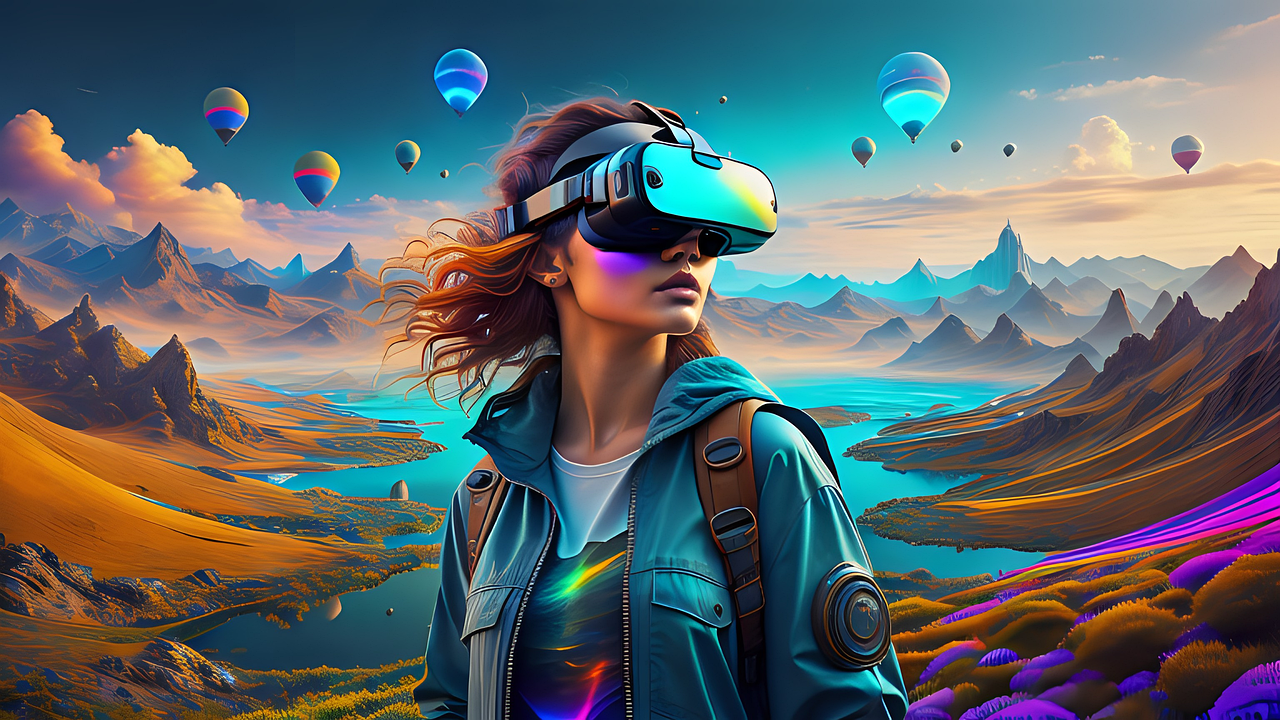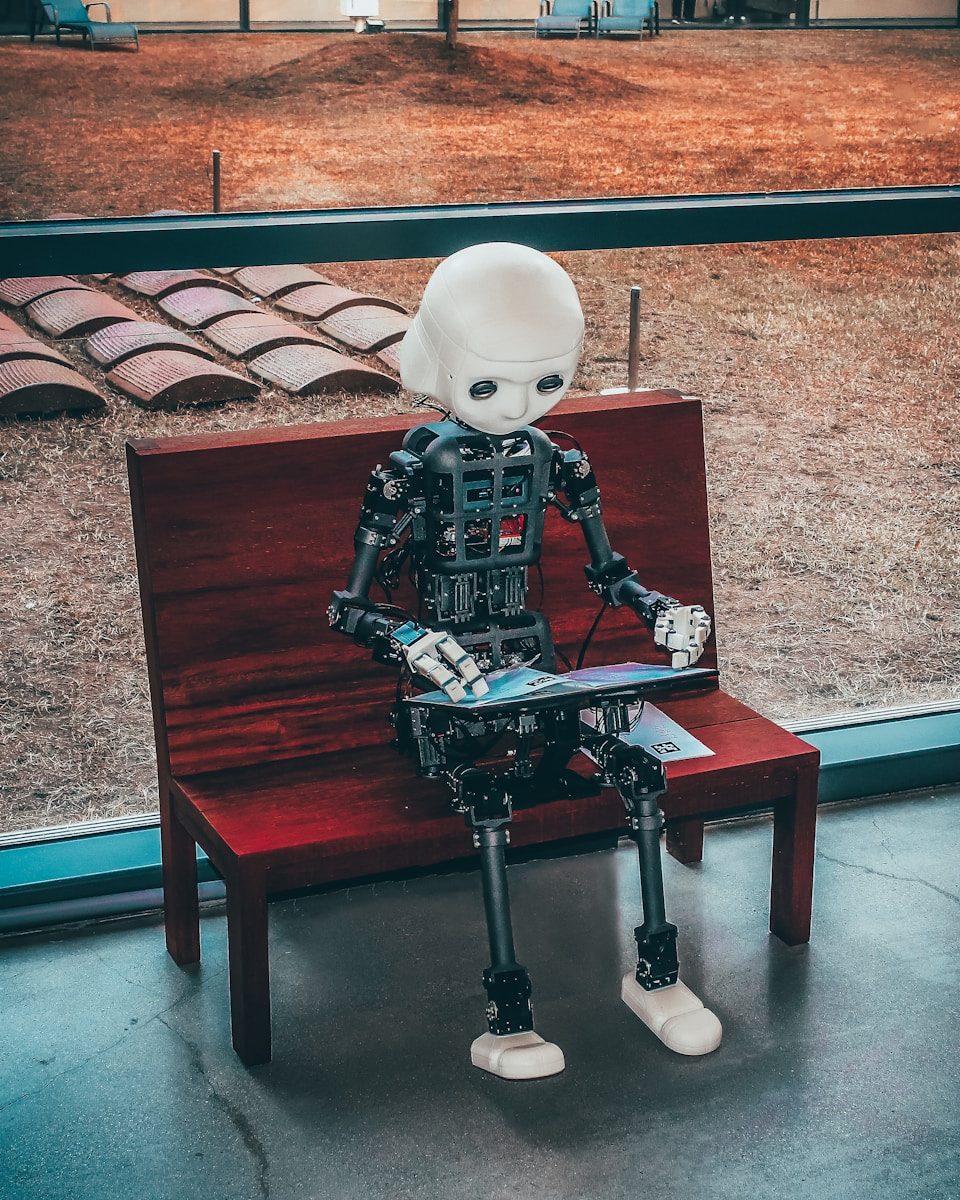This month, Apple unveiled its latest innovation, the Apple Vision Pro, which stands at the confluence of augmented reality (AR) and virtual reality (VR), heralding a new chapter in the evolution of mixed reality technologies. Unlike conventional mixed-reality headsets, the Apple Vision Pro introduces a paradigm shift by transforming how users interact with digital environments through a unique operating system. This system enables control and interaction with apps using just fingers and eyes, marking its distinction as a spatial computer. But beyond the buzz of futuristic home offices and immersive gaming experiences lies a potentially transformative application in healthcare/mental health therapy.
The transformative potential of VR in medical interventions is vast, and with the Apple Vision Pro, we’re inching closer to realizing its full scope. My conversations with Dr. Srini Pillay, a Harvard-trained psychiatrist, brain researcher, co-founder, and Chief Medical Officer at Reulay, shed light on the promising innovation in this field.
Pilot trials have shown promising results, demonstrating that the act of embodying calmness can significantly reduce anxiety and emotional distress while enhancing focus. An exploratory pilot study has been published to look for any signal signifying that the VR experience would reduce anxiety and emotional distress and improve focus among healthcare providers (HCP). Research also suggests that VR can be leveraged to embody various states, such as calmness or entropy, with profound therapeutic benefits.
Traditional medical interventions predominantly rely on oral, intravenous, or surgical methods. However, therapy through visual engagement is a relatively untapped frontier. With its immersive capabilities, VR technology offers a unique avenue for ‘therapy by eye.’ This approach capitalizes on the brain’s visual, belief, simulation, and embodiment systems, providing a holistic therapeutic experience.
The brain’s capacity to embody metaphors presents another intriguing aspect of VR’s therapeutic potential. For instance, the act of breaking through a wall in a virtual environment can foster creativity, illustrating how physical actions within VR can influence mental states. Similarly, embodying calmness or entropy in VR can have tangible effects on one’s psychological well-being, akin to the profound changes induced by psychedelics.
Moreover, VR’s ability to induce non-ordinary states of consciousness opens up new possibilities for therapeutic applications. Research has linked practices like transcendental meditation with gene regulation associated with reduced inflammation and improved immunity and mindfulness meditation with increased telomere length. These findings suggest that VR could potentially influence genetic and inflammatory responses, offering innovative pathways for health and wellness.
However, enthusiasm must be tempered with caution. Data privacy, accessibility, and ethical concerns surrounding the manipulation of consciousness require careful consideration. Imagine a world where phobias are tackled through virtual exposure therapy, where anxiety melts away in calming VR landscapes, and personalized VR programs help manage chronic pain. The Vision Pro, with its advanced capabilities, could be the key to unlocking this future.
However, VR therapy cannot exist in a vacuum. Rigorous research, ethical development, and collaboration between tech creators, medical professionals, and patients are paramount. The path toward VR-driven mental health is just beginning, and the Apple Vision Pro is a significant marker. Let’s embark on this journey with open minds, cautious optimism, and an unwavering commitment to using technology for good. The future of mental healthcare could be remarkably bright, and the key might lie in the immersive worlds forged by VR.
As we stand at the cusp of this new era, the Apple Vision Pro embodies the promise of VR as a powerful tool for therapeutic intervention. Its advanced capabilities redefine the boundaries of mixed reality and open up a world of possibilities for harnessing VR to enhance human health and well-being. The journey ahead is fraught with challenges and opportunities, but with continued innovation and research, the future of VR as a therapeutic medium looks bright, promising transformative impacts on medical science and patient care.






